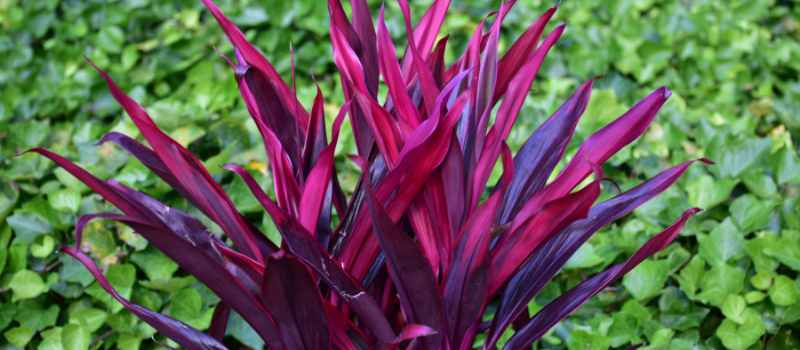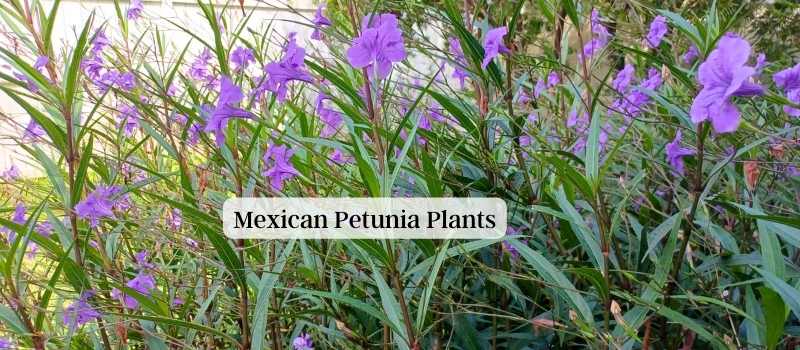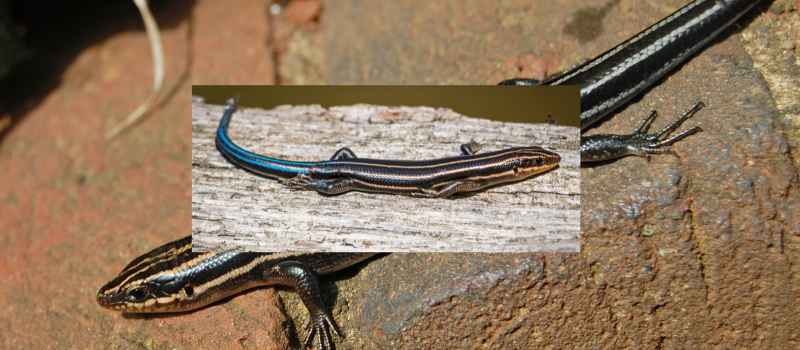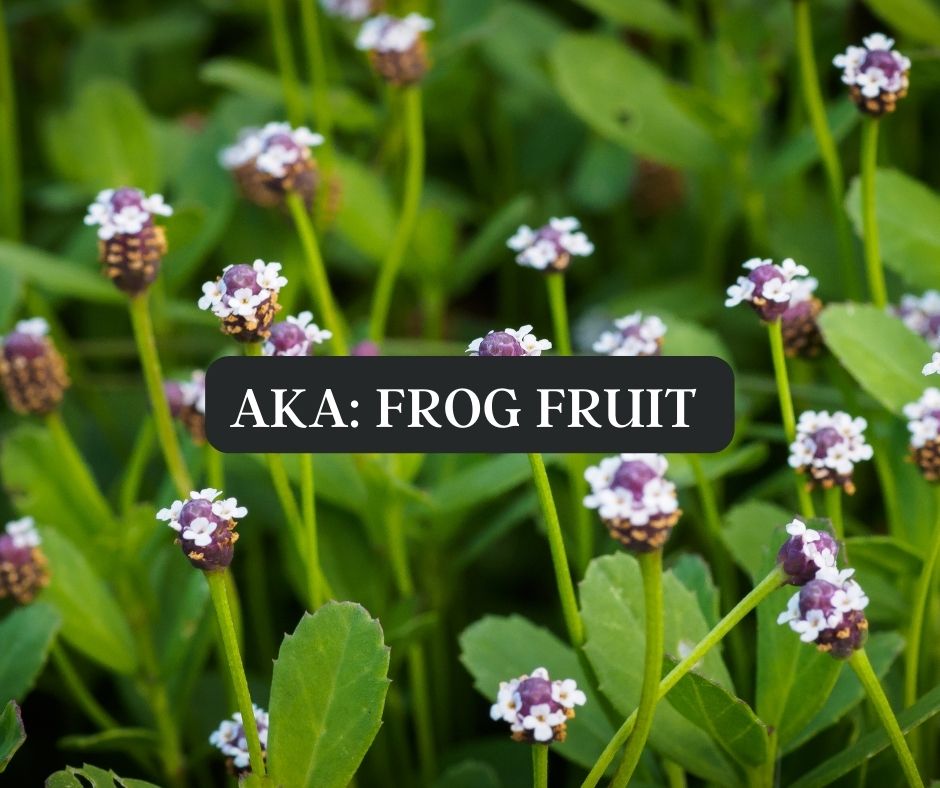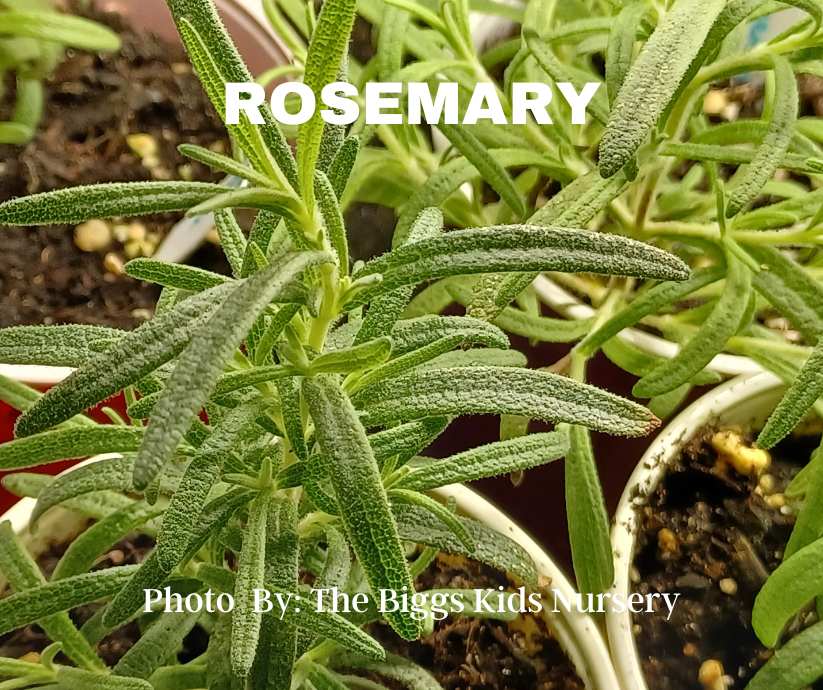Given their tropical nature, Hawaiian ti plants are adverse to cold temperatures, of any kind. In the northern parts of Florida, where outdoor conditions can turn cold to freezing, they will not thrive if left outdoors throughout the year. Consequently, those new to owning Hawaiian ti plants in Palm Coast, Florida often find themselves disappointed and replacing them in the spring.
If you're considering planting Hawaiian Ti plants in your garden, here are a few helpful tips to keep in mind:
- Choose a location in close proximity to a structure, such as your house, fence, shed, or amidst other plants and trees. This positioning will provide a shield during colder months, while in the scorching heat of summer will help prevent leaf scorching.
- Hawaiian Ti plants prefer moderate direct sun exposure and lots of brightness. Exposing them to direct sunlight for prolonged periods can result in leaf burn and a loss of color.
- Ensure that you plant them in an area with proper drainage. These exquisite plants are susceptible to root rot and sliminess if they remain in stagnant water for extended duration.
- Once established, they love their morning watering. If your Hawaiian Ti starts to curl or thin, they are telling you they are not getting enough water. They are water loving drinkers.
- Hawaiian Ti plants are great for companion planting. They love being next to other plants and bushes.
- If your Hawaiian Ti leave become damaged from sun or cold exposure they are a forgiving plant. Removing the damaged leaves or cutting them back after the last cold temp of the season gives them new life and will begin to regenerate new growth.
Hawaiian Ti plants are adaptable to living on your porch too with the above guideline and even indoors, as mentioned below.
Hawaiian Ti plants are adaptable and can tolerate a range of light conditions. Here are some tips to help your Hawaiian Ti plant flourish indoors:
-
Light: Place your Hawaiian Ti plant in bright, indirect light. It can tolerate moderate to low light conditions, but too much direct sunlight can lead to leaf burn. A well-lit room with filtered sunlight is ideal.
-
Temperature: Keep the indoor temperature consistent and within the range of 65-80°F (18-27°C). These plants are sensitive to cold drafts and sudden temperature changes.
-
Humidity: Hawaiian Ti plants appreciate higher humidity levels. You can increase humidity around the plant by using a humidifier, placing a tray of water near the plant, or misting the leaves regularly.
-
Watering: Allow the top inch or so of the soil to dry out before watering. Over watering can lead to root rot, so ensure proper drainage and avoid letting the plant sit in standing water.
-
Soil: Use a well-draining potting mix that is suitable for tropical plants. You can add perlite or sand to improve drainage.
-
Container: Choose a pot with drainage holes to prevent water logging. Repot the plant when it outgrows its current container.
-
Fertilizing: During the growing season (spring and summer), feed your Hawaiian Ti plant with a balanced liquid fertilizer every 4-6 weeks. Reduce or stop fertilizing during the dormant season (fall and winter).
-
Pruning: Trim any dead or yellowing leaves to encourage new growth and maintain the plant's appearance.
-
Pests: Keep an eye out for common indoor plant pests like spider mites and mealybugs. Regularly inspect the plant and treat any infestations promptly.
-
Rotation: Rotate the plant occasionally to ensure even growth and prevent it from leaning toward the light source.
With proper care and attention to its needs, a Hawaiian Ti plant can thrive and add a touch of tropical beauty to your indoor or outdoor garden.
Do you have any helpful tips to add about Hawaiian Ti plants? Let others know in the comments.

